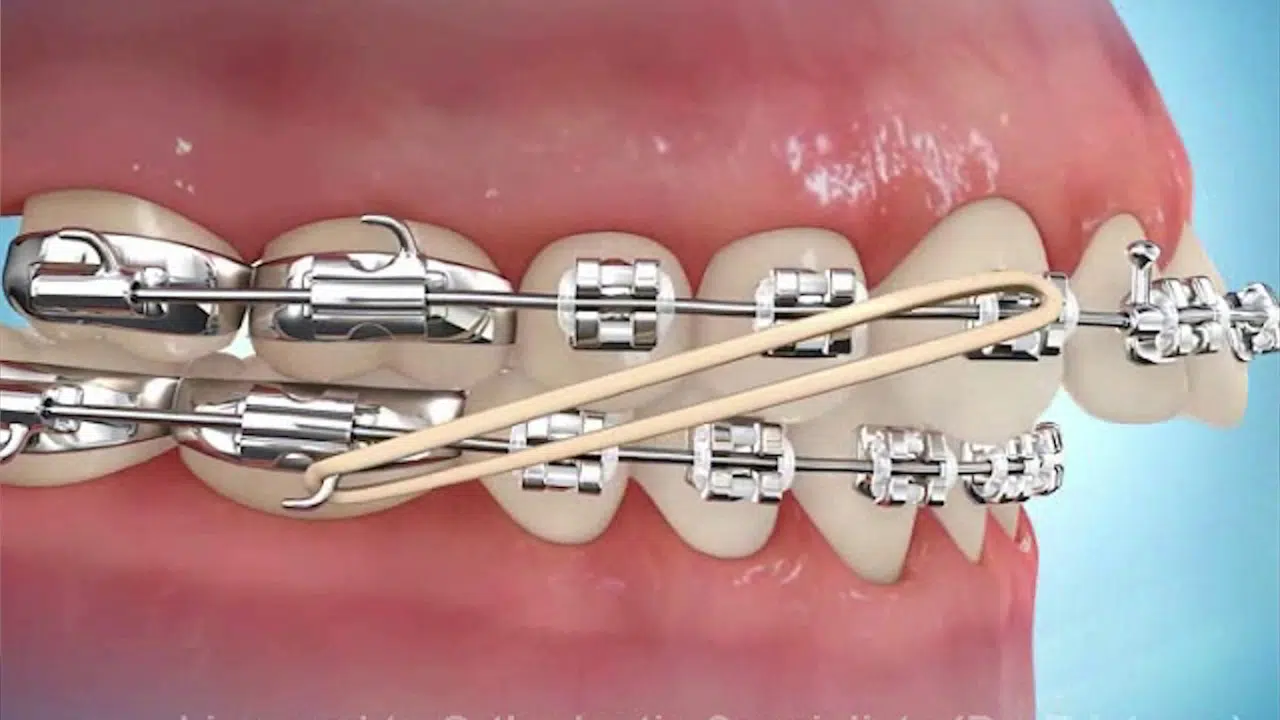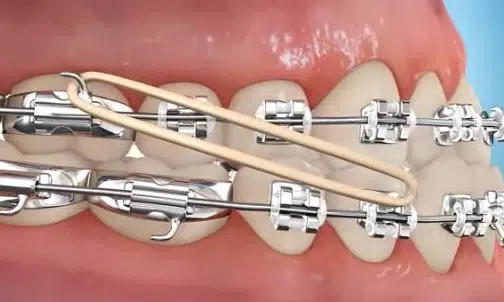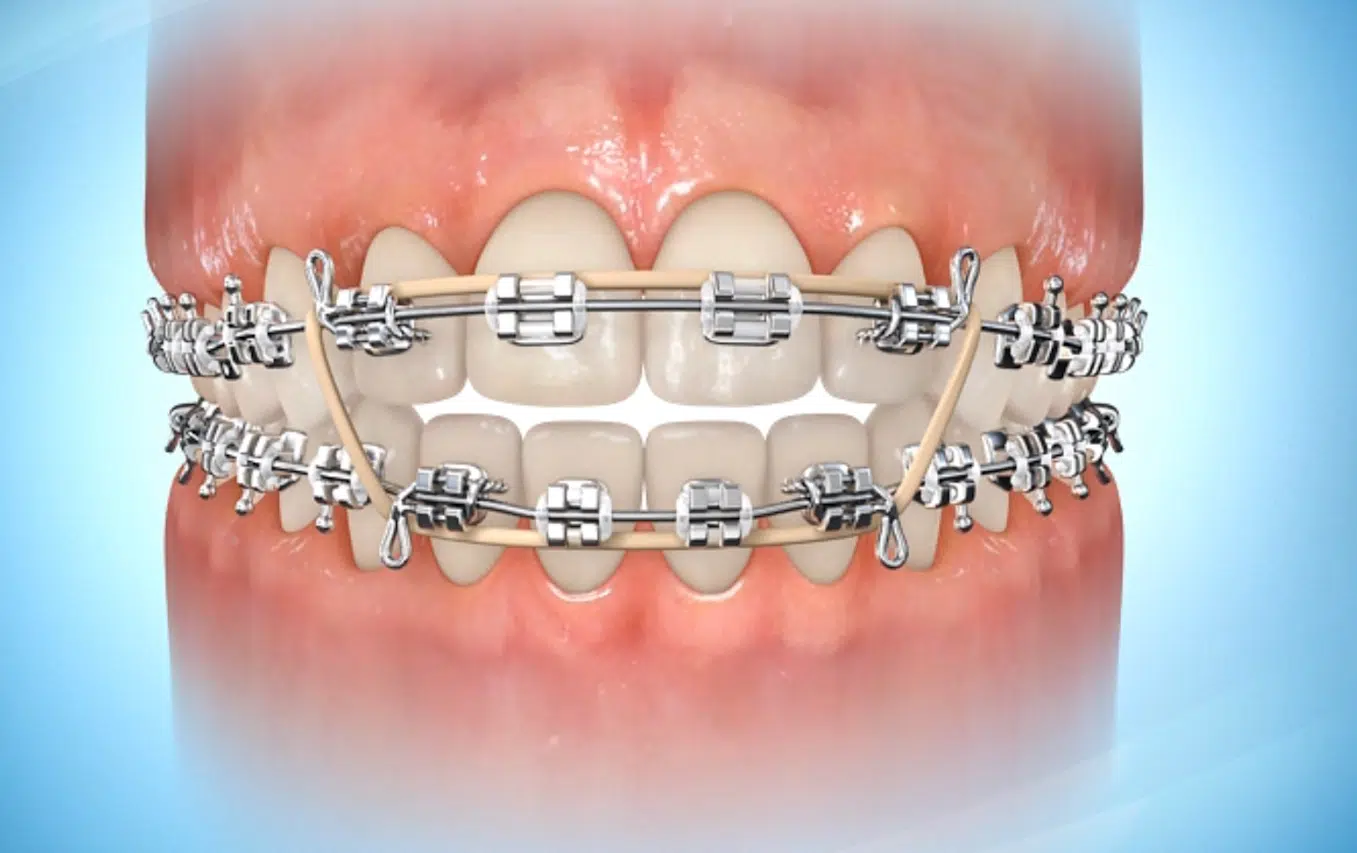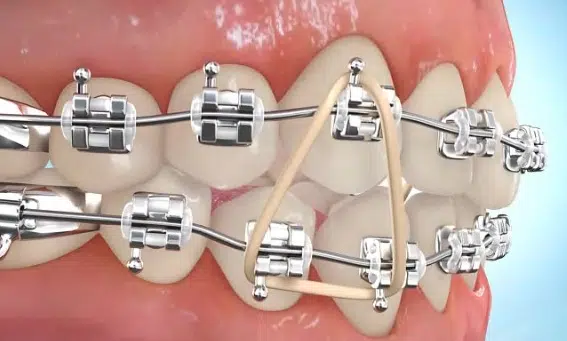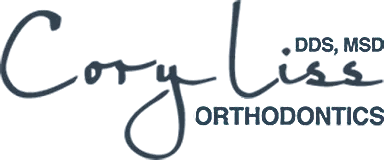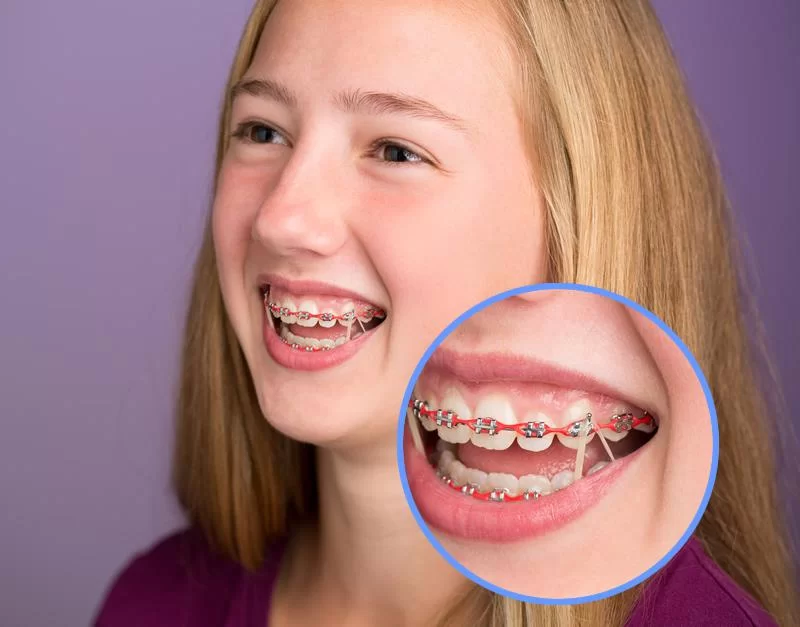
Types of Orthodontic Elastics And Why You Need to Wear Them
Orthodontic treatment works by applying gentle constant pressure to teeth in order to gradually move them into their ideal position. Sometimes, your orthodontist will recommend you wear orthodontic elastics (sometimes called rubber bands) in order to apply additional pressure in a specific direction to move one, or many teeth. Elastics are often used in conjunction with braces, Invisalign, or other appliances in order to make a bite correction.
Orthodontic elastics are removable, and are worn at an interval determined by your orthodontist depending on how much movement is required for your treatment. When worn full time, elastics are removed to eat. Sometimes, your orthodontist may recommend wearing elastics at night time only, or any interval in between.
The good news is, orthodontic elastics are quick and easy to put on and take off by yourself on the go. The bands are very flexible, and can stretch much further than you might think! Elastic stay in place with small hooks or attachments on your braces or Invisalign. There are many different sizes and strengths of orthodontic elastics, that are chosen for you by prescription so that the correct amount of pressure is being applied for the movement that is required. At our office, the size and strength of your elastics will correspond with an animal, ranging from hummingbird to whale! Your orthodontist will demonstrate how to wear your elastics and with practice, placing and removing your elastics becomes second nature.
Elastics Do’s and Don’ts
DO bring elastics with you, and have an extra bag at home! This helps you to always be ready if you need to replace your elastics after a meal, if one breaks etc. Your orthodontist will supply you with plenty of elastics so that your treatment can progress as intended.
DON’T double up on elastics (unless your orthodontist asked you to!) The strength of your elastic is by design, so we do not want to apply any additional pressure to your teeth.
DO follow your orthodontists directions exactly. The effectiveness of your correction can be reliant on your compliance.
DON’T forget to change your elastic if it has been over-stretched. Elastics that have been worn for a long time will lose their strength and become ineffective.
DO call your orthodontist when you are running low on elastics! We are happy to provide you with elastics whenever you need.
DON’T forget to wash your hands before and after changing your elastics.
Elastic Patterns
There are a variety of patterns that your orthodontist may ask you to wear your orthodontic elastics in. Remember, there are hooks on your braces or attachments with your Invisalign designed to attach your elastics to. If you forget which teeth your elastic should attach to, take a look to see which teeth have the small hook attached, and reference your treatment sheet to confirm placement. There are many different ways elastics can be worn. Check out this video explaining some of the other patterns and why they are used.
Here are some common patterns you may be asked to wear:
